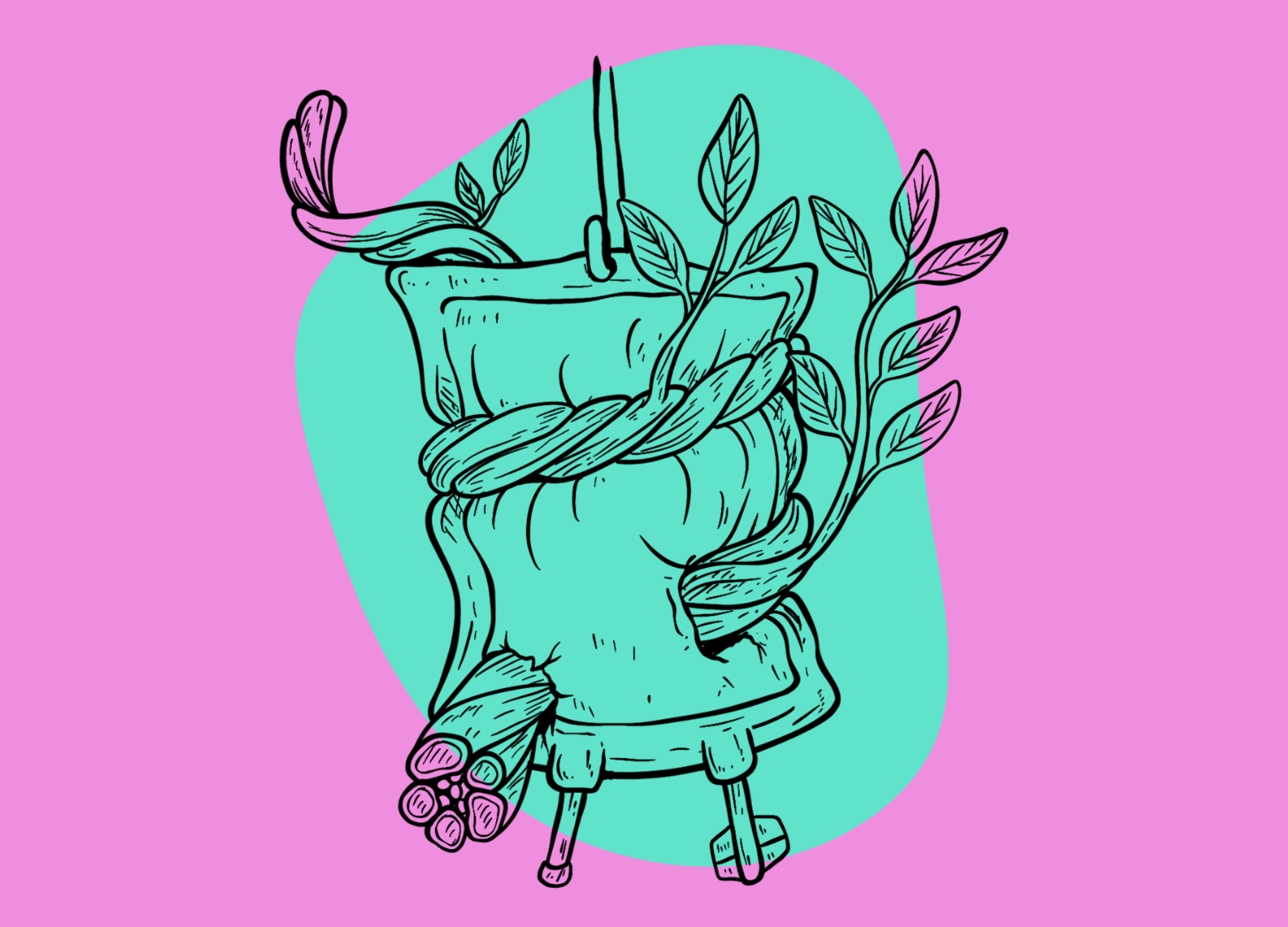Ayahuasca vs. Ketamine: Unexpected Allies in the Fight Against Depression
Ketamine and ayahuasca share surprising similarities in treating depression — a discovery that could illuminate a new philosophy on managing complex mental health disorders.
In an ongoing research study comparing the effectiveness of ayahuasca versus ketamine for major depressive disorder, researchers made a surprising discovery…
When blinded and tasked with identifying which substance the participants were on… researchers couldn’t tell the difference.
The aim of the study was to determine if ayahuasca — a shamanic brew consisting of two Amazonian plants with profound psychedelic effects — was a viable alternative for treating clinical depression.
Most research provides patients with either an active drug or an inactive placebo — but it’s nearly impossible to use placebos in psychedelic research. Within an hour of taking the drug, it becomes abundantly clear whether you’ve taken the active psychedelic or inactive sugar pills.
What makes this study so interesting is that researchers chose to use ketamine — an unrelated psychedelic drug — as the placebo control.
The results were astonishing.
Researchers now believe the key to managing crippling depression relies more on the ineffable philosophical realizations and experiences that accompany altered states of consciousness than specific chemical properties.
The Contrasting Natures of Ayahuasca & Ketamine
Psychedelic chemicals are remarkably diverse — but most classical psychedelics work through the serotonin 2A receptors.
Magic mushrooms, LSD (lysergic acid diethylamide), mescaline, DMT (dimethyltryptamine) and countless synthetic analogs of these molecules all work through the same mechanism to produce their characteristic effects.
Ayahuasca works by combining DMT with a monoamine oxidase inhibitor (MAOI). The latter prevents the body’s enzymes from breaking down DMT to enable it to induce its powerful psychedelic effects. DMT is widely considered to be one of the most powerful psychedelics ever discovered.
But DMT is somewhat of an enigma. It's produced naturally in the brain, yet nobody can agree on what its true purpose is. Some even speculate that DMT is released in large doses when we die (the implication is that it may help us "transition" into death).
Ketamine, on the other hand, is a black sheep in the world of psychedelics. Some even question whether or not ketamine can even be considered a true psychedelic.
Ketamine is grouped under the arylcyclohexylamine family of psychedelics — which includes other prominent members like PCP (phencyclidine), MXE (methoxetamine), and DCK (deschloroketamine).
These drugs are classified as dissociative anesthetics — drugs that have the ability to decouple one's conscious experience from their body. Consciousness persists, but becomes detached from both their body and the environment around them.
Ketamine users may experience such sensations as “sitting outside their body,” “watching themselves from the other side of the room,” or “having their consciousness teleported somewhere else.”
Ketamine relies on completely different mechanisms than ayahuasca — the two barely overlap at all.
Instead of activating the serotonin 2A receptors, ketamine blocks NMDA receptors (N-methyl-D-aspartate). This prevents the actions of a neurotransmitter called glutamate.
Glutamate makes things happen — whether that's the formation of memories, the regulation of emotions, or the modulation of conscious experience itself.
Psychedelics & The Power of “Death” Experiences
Although the ketamine and ayahuasca experiences couldn’t be more different from each other, there’s one key area where the two overlap.
Both ayahuasca and ketamine are reliable generators of near-death experiences (NDE).
Near-death experiences are profound psychological events that can occur under extreme conditions such as trauma, life-threatening situations, severe illness… or the use of mind-altering substances.
NDEs are powerful — they can open us up to profound and permanent changes in our understanding of the universe and our relationship to it. These life-changing shifts in worldview are a form of “ontological shock.”
Profound realizations like this serve as a catalyst for patients to shift their beliefs in a positive way — often dismantling underlying, unconscious thoughts and urges dragging them through the ups and downs of depression.
Keep reading with a 7-day free trial
Subscribe to Tripsitter to keep reading this post and get 7 days of free access to the full post archives.








